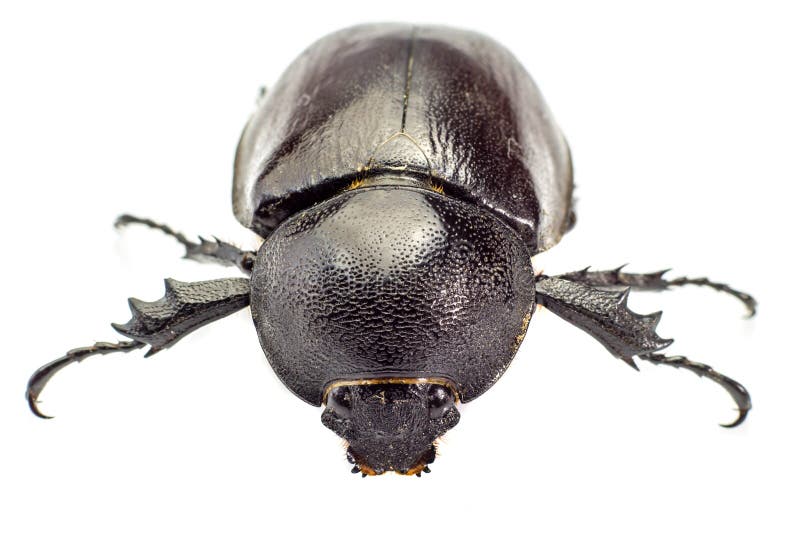

Similarly, in sexually dimorphic stalk-eyed flies, males have significantly longer eye spans than females, yet overall head mass does not differ because males have smaller eye bulbs and thinner eye stalks. įor example, the outermost feathers of long-tailed, sexually dimorphic male birds are often narrowed at the tips to help offset the aerodynamic drag that these tail ornaments accrue. Thus, the elaborate morphologies that are favoured by sexual selection typically oppose the simple, streamlined morphologies favoured by natural selection, which has led to a number of compensatory changes to ameliorate the costs of bearing large, sexually selected traits. Selection for efficient locomotion, particularly among animals that fly, favours streamlined body forms, yet competition for mates has driven the evolution of an array of flashy ornaments and exaggerated weapons that often make males anything but streamlined. Because low-cost structures are expected to be highly evolutionarily labile, the fact that horns incur very minor flight costs may have permitted both the elaboration and diversification of rhinoceros beetle horns.įrom foraging for food to avoiding predators, to finding and securing mates, locomotion is critical to the survival and reproductive success of nearly all animals.

Together, the weight and the drag of horns increased the overall force required to fly by less than 3 per cent, even in the largest males. Furthermore, because beetles typically fly at slow speeds and high body angles, horns had little effect on total body drag. We found that the horns were surprisingly lightweight, and therefore had a trivial effect on the male beetles' total mass and mass distribution. We predicted that the long, forked head horn would have three main effects on flight performance: increased body mass, an anterior shift in the centre of mass and increased body drag. Here, we tested the aerodynamic costs of horns in the giant rhinoceros beetle, Trypoxylus dichotomus. Consequently, weapons are expected to be particularly costly to bear. Both ornaments and weapons improve a male's reproductive success yet, unlike ornaments that need only attract females, weapons must be robust and functional structures because they are frequently tested during male–male combat. Sexually selected ornaments and weapons are among nature's most extravagant morphologies.


 0 kommentar(er)
0 kommentar(er)
